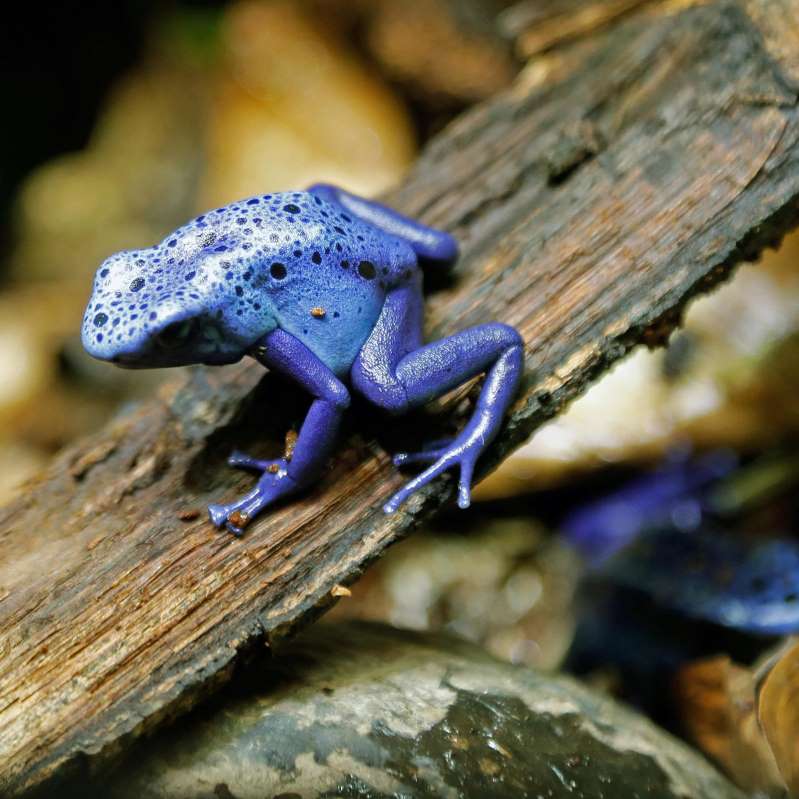In 50 years, Billie Eilish will be turning 69 years old, technology will likely be unrecognizable, and the world may have lost ⅓ of all its plant and animal species. A new study has found that warming temperatures will likely cause hundreds of species to go extinct.
Researchers at the University of Arizona analyzed 538 plant and animal species from around the world, 44% of which already faced local extinctions in at least one area in the world. What they discovered is that the areas that suffered from species extinctions had “larger and faster changes in hottest yearly temperatures than those without.”
Last month was the hottest January in the 141 years of climate record-keeping history, and scientists expect that 2020 will “very likely to rank among the five warmest years on record,” according to a statistical analysis by NOAA’s National Centers for Environmental Information. The previous decade was the hottest on record.
Cristian Román-Palacios, one of the researchers, said in a statement that they also estimated how quickly populations can move in an attempt to escape increasing temperatures. They found that species can only tolerate increasing maximum temperatures to a point. If the maximum temperature increased by more than 32.9 degrees Fahrenheit, 50% of the species they analyzed suffered from local extinction. Areas where the temperature increased by more than 37.22 degrees Fahrenheit saw a local extinction rate of 95%.
“When we put all of these pieces of information together for each species, we can come up with detailed estimates of global extinction rates for hundreds of plant and animal species,” he said.
The researchers expect that the animals likely to face the worst rates of extinction are those that live in the tropics. Tropics-based species are two to four times more likely to face extinction than those in temperate areas. Most of the U.S. is in the temperate region, but species in the southern states may feel the brunt of the impact.
“This is a big problem, because the majority of plant and animal species occur in the tropics,” Román-Palacios said.
As stated in their paper’s abstract, which is published in the journal Proceedings of the National Academy of Sciences, the researchers have come to a single conclusion: “The response of species to climate change is of increasingly urgent importance.”
“In a way, it’s a ‘choose your own adventure,'” said researcher John J. Wiens. “If we stick to the Paris Agreement to combat climate change, we may lose fewer than two out of every 10 plant and animal species on Earth by 2070. But if humans cause larger temperature increases, we could lose more than a third or even half of all animal and plant species, based on our results.”






